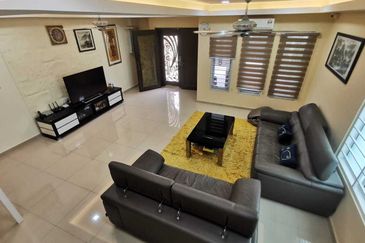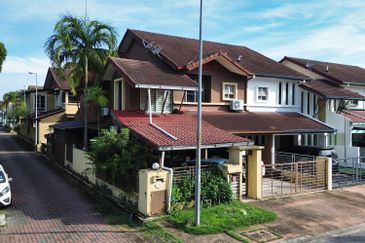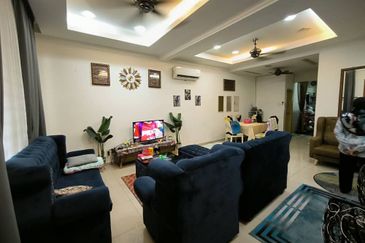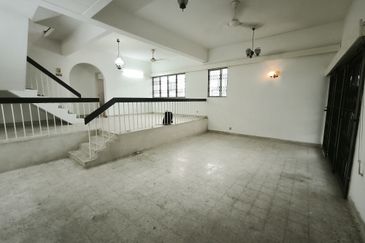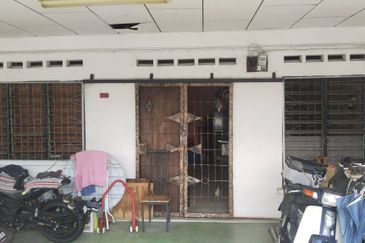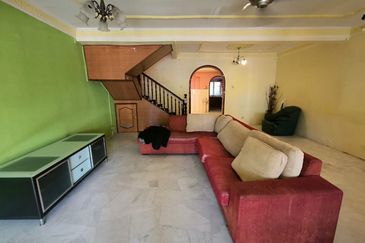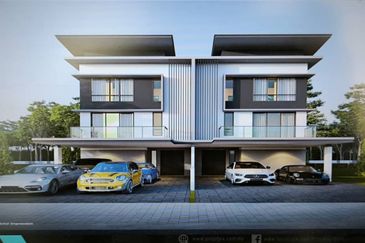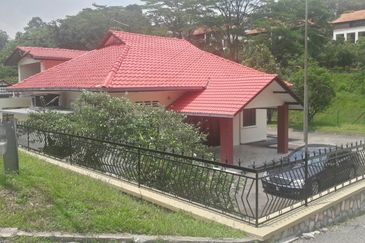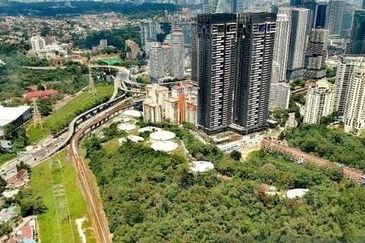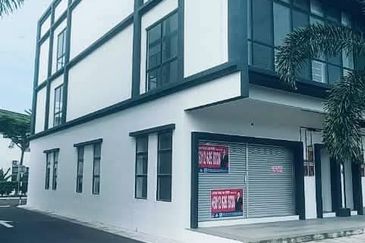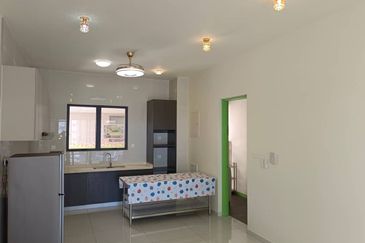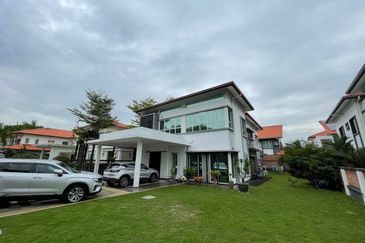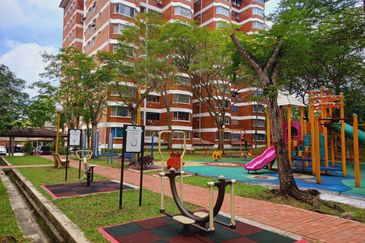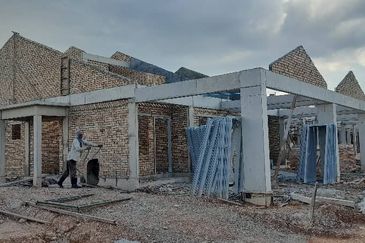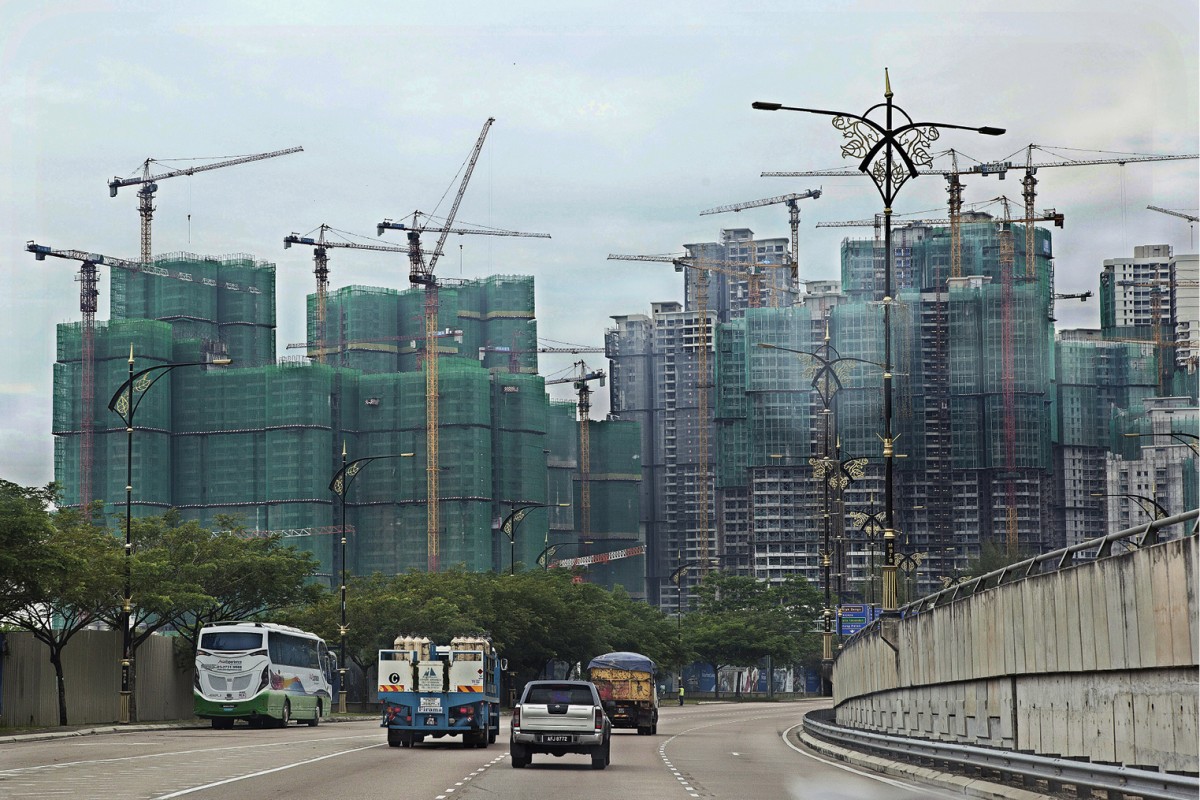
I recently had breakfast with a Hong Kong property agent who has been marketing Malaysian real estate in Hong Kong and China for the past 10 years. He started by plying beach resort properties at Batu Ferringhi on Penang island in 2007, and then moved to the capital city of Kuala Lumpur, where projects in Kuala Lumpur City Centre and Mont Kiara were popular. More recently, though, he has been active in Iskandar Malaysia in the southern state of Johor, where he comes every other month, leading groups of mainland Chinese and Hong Kong buyers.
From what I see, he has been very successful in getting these buyers to invest in Iskandar Malaysia’s property market. Given his understanding of the buying behaviour of Hong Kong and Chinese investors, I took the opportunity to pick his brains.
Why do Hongkongers and the Chinese invest in Iskandar Malaysia?
Shenzhen’s runaway economic success and surging property prices as a hinterland to Hong Kong are an easy comparison to the Iskandar-Singapore story. For Hongkongers and Chinese, it is easy to relate Iskandar Malaysia to Shenzhen 20 years ago. And he makes comparisons in terms of cost of living and cost of doing business in both countries to prove the point.
What are the key differences between Shenzhen and Iskandar Malaysia today?
Today, there are five immigration checkpoints between Hong Kong and Shenzhen that you can drive through, and the traffic is not as wearisome as the one at the Iskandar Malaysia-Singapore border at the Causeway and Second Link. He believes there should be a third-link bridge between Singapore and Iskandar Malaysia. In his opinion, the cross-border vehicular traffic today more than justifies it.
He highlighted the importance of the Hong Kong-Shenzhen MRT link for those crossing the border for work or business. A HSR [high speed rail] between Guangzhou and Hong Kong will further integrate China’s economy with Hong Kong’s.
Once the Kuala Lumpur-Singapore HSR and MRT system linking Singapore to Johor are completed, the upside potential from closer integration is inevitable.
He also highlighted the shortage of quality hotels in Iskandar Malaysia. Currently, only a handful of hotels in Johor Bahru meet international standards, whereas Shenzhen has a wide variety of five-star and business hotels as well as serviced apartments.
Are Hongkongers and the Chinese concerned about a property oversupply in Iskandar Malaysia?
Buyers from mainland China or Hong Kong who have the ability to invest in overseas property do so with cash they can afford to lose. Investing in Malaysia is attractive owing to the low absolute prices and freehold status, which gives them comfort in terms of capital appreciation over the long term.
These buyers often either pay for the property entirely in cash, or with just 50% financing. Hence, their holding power is much better, and they are more willing to accept lower rental yields. As they are not locals, these buyers are not able to ascertain whether there is an oversupply in the market. Hence, they are advised to take a longer-term investment horizon, and to reassess their investments once the connectivity to Singapore improves and there is economic spillover.
Why do they prefer to buy projects by Chinese developers?
Many of the buyers made money by investing with these same Chinese developers during China’s property boom in the 1990s and early 2000s. Rapid property price escalations in China and Hong Kong have also made it easy to convince middle-income earners to invest overseas, especially if they were to purchase from a trusted developer whose name they are familiar with back home.
Country Garden’s projects in Iskandar Malaysia, such as Danga Bay and Forest City, may seem high-density to Singaporeans and Malaysians, but are considered “normal” to Hongkongers and Chinese, who are accustomed to much higher densities in their local property market. The relatively clean air, sea and promise of water views, integrated projects with shopping malls and international schools, relatively low property prices and a well-regarded Chinese developer appear to be a safer bet to these Chinese and Hong Kong buyers compared with Malaysian and Singaporean developers with whom they are unfamiliar.
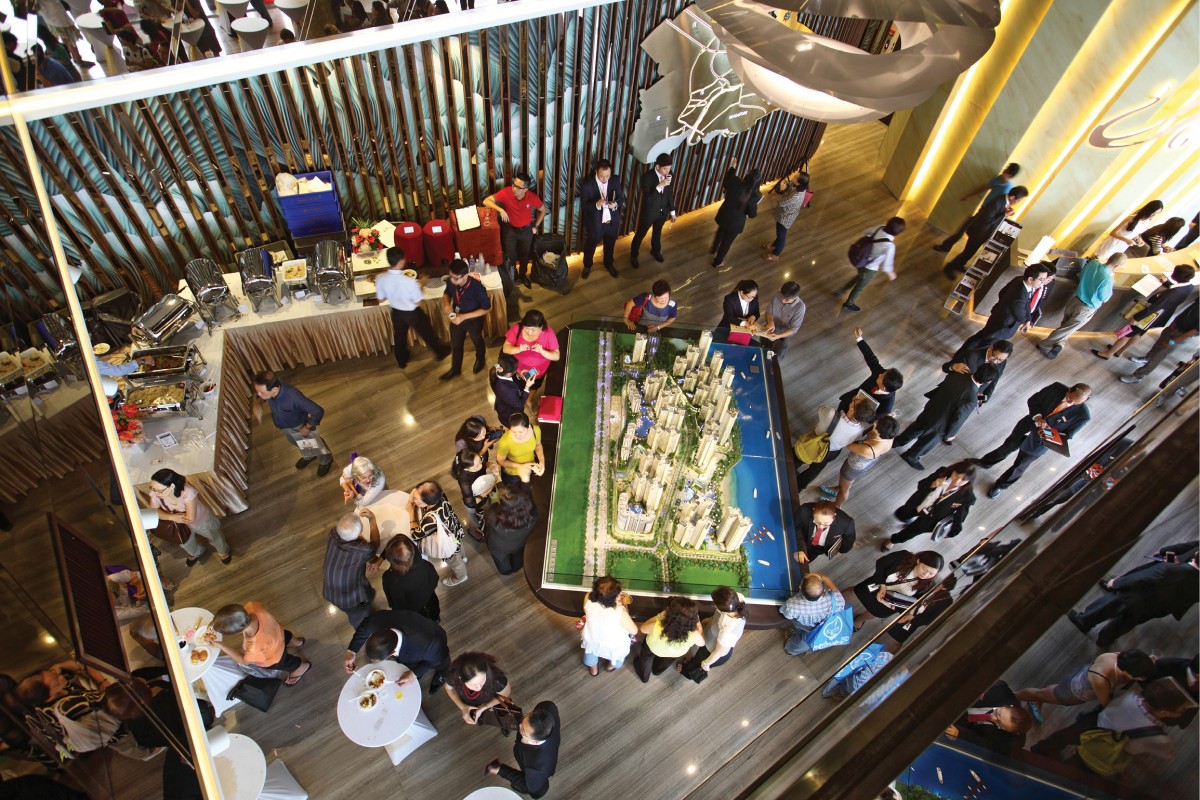
Chinese developers in Iskandar Malaysia also regularly use large numbers of Chinese sales staff. This helps to bridge the cultural gap and assist the buyers in understanding the Malaysian property market, its rules and regulations as well as other areas of interest, for instance, children’s education or applying for the Malaysia My Second Home programme (MM2H).
How attractive is Iskandar Malaysia relative to Australia or the UK?
A significant number of these buyers have also invested in Australia or the UK. Malaysia has emerged as an attractive investment destination since regulations in the country are still relatively foreigner-friendly.
Will these buyers live in Malaysia in the future?
Most buyers are primarily investors looking for a store of value and potential capital appreciation. It is still too early to make any clear decision on living in Malaysia, especially when Iskandar Malaysia is still largely in development. But he has seen increasing numbers of Hongkongers and mainland Chinese in Johor Bahru who are primarily here to take advantage of affordable quality education for their children through private or international schools, better work-life balance for their family, and business opportunities as Chinese companies expand into Southeast Asia.
For now, these buyers prefer to lease out their properties for the short term in order to achieve higher gross rental yields. It also gives them the flexibility to use the property as a vacation home when they are on holiday in Malaysia.
Iskandar Malaysia is certainly on its way to achieving its goal of becoming an international city. The increase in foreign population has been noticeable — it’s not just Singaporeans, but Chinese, Hongkongers, Japanese and Koreans who are making their presence felt in Iskandar Malaysia.
Ryan Khoo is co-founder of Singapore-based Alpha Marketing, a real estate investment consultancy that focuses on the Malaysian market, especially Iskandar Malaysia. The views expressed here are his own.
This article first appeared in The Edge Property Singapore, a pullout of The Edge Singapore, on June 26, 2017.
For more stories, download TheEdgeProperty.com pullout here for free.
TOP PICKS BY EDGEPROP
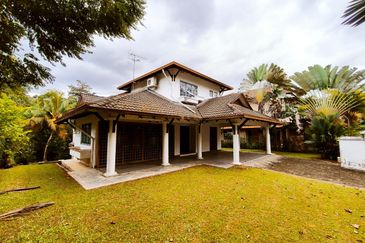
Damansara Heights (Bukit Damansara)
Damansara Heights, Kuala Lumpur
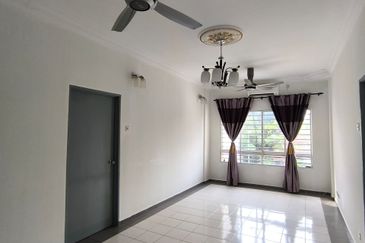
Pangsapuri Seri Dahlia, Desa Alam
Shah Alam, Selangor
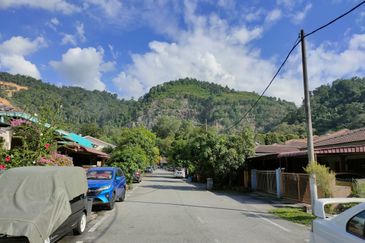
Taman Matang Jaya, Sungai Buloh
Sungai Buloh, Selangor


